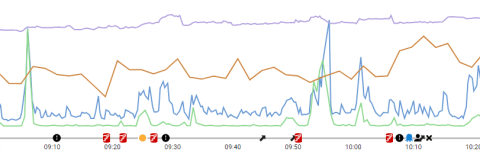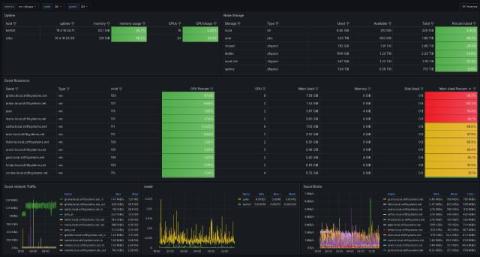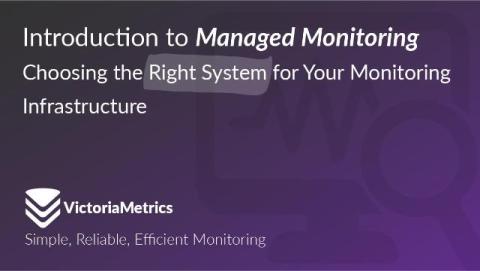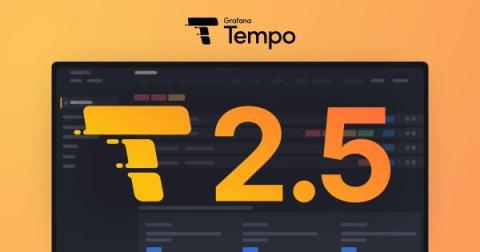New Redis open source server packages for Icinga DB
Finally, we are pleased to announce the availability of the new Redis* open source server packages for Icinga DB for all supported distributions . You may have already noticed that we had some issues with the previous packages here and there, but we’ve been working on them for months and now they’re finally available for you to use.











